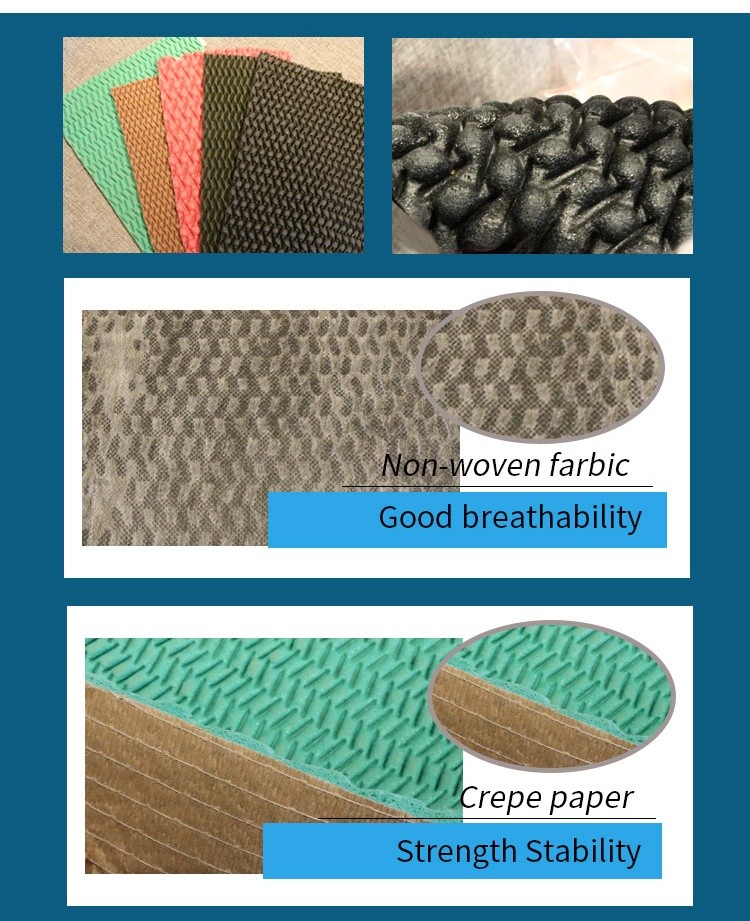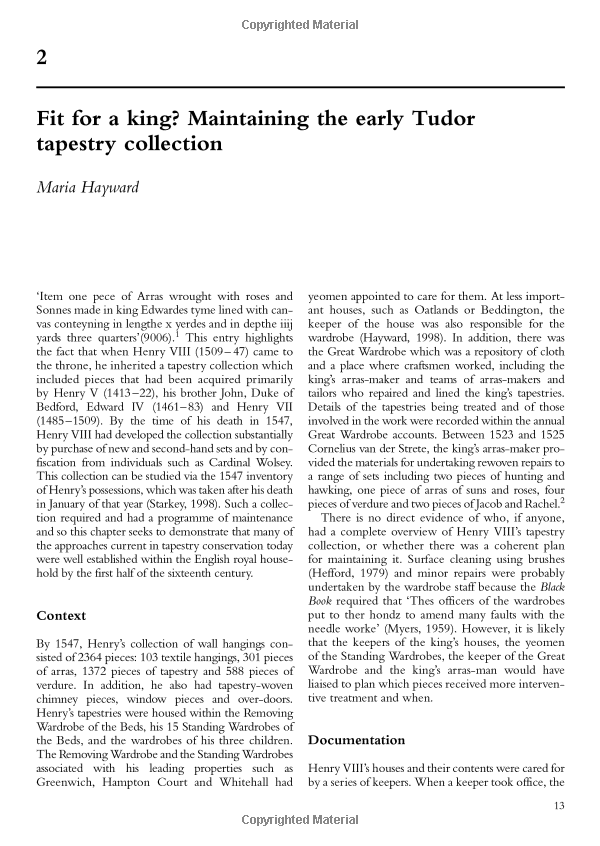Carpet Laying Techniques: A Comprehensive Guide to Basic Installation Methods
Carpets are a beautiful and practical addition to any home, offering both aesthetic appeal and functionality. However, to ensure that your carpet remains aesthetically pleasing and functional for years to come, it is essential to install it correctly. This guide will outline the basic methods for carpet installation, from preparation to installation, to ensure that your carpet looks great and lasts for years.

Preparation is crucial before installing any carpet. The first step is to measure the room accurately to ensure that you purchase the right size carpet. It is always better to buy a carpet that is slightly larger than the room, as it can be trimmed to fit later. Additionally, inspect the subfloor for any nails or staples that may damage the carpet during installation. If necessary, use a hammer and pull them out or cover them with a piece of wood.
The next step is to determine the best type of carpet for your needs. Different materials, weights, and styles of carpet are available, each with its own set of benefits and drawbacks. For example, synthetic fibers like nylon and polyester are more stain-resistant than natural fibers like wool, while organic or eco-friendly options are also available for those concerned with environmental sustainability. Consider the amount of traffic the carpet will receive, as well as your budget, before making a decision.
Once you have chosen your carpet and made any necessary preparations, it's time to start installing it. The first step is to lay down the padding. This not only adds comfort underfoot but also helps reduce noise and provides insulation. Start by rolling out the padding from one end of the room, ensuring it is smooth and free of wrinkles. Secure it in place with tacks or double-sided tape to prevent it from shifting during use.
Next, you'll install the carpet. Again, start from one end of the room and roll it out smoothly onto the padding. Ensure there are no wrinkles or bubbles as you go, adjusting as necessary. If you need to trim the carpet to fit around obstacles like door frames or radiators, use a utility knife or scissors and take care not to damage the carpet or yourself! Once the carpet is in place, use a knee kicker or power stretcher to stretch it out evenly across the floor. This will help remove any remaining wrinkles and ensure a smooth, professional-looking finish.

Finally, it's time to handle the edges. If your carpet is longer than the room, you'll need to trim it to length. Use a utility knife or scissors to make a clean cut, taking care not to damage the carpet or yourself in the process. Once trimmed, fold the excess under and secure it in place with tacks or double-sided tape. You may also want to apply a bead of clear silicone along the edge of the carpet to prevent any fraying over time.
And that's it! You've now successfully installed your new carpet using basic installation methods that can be adapted for any size or shape of room. Take care not to damage the carpet in the future, and enjoy your beautiful new floor covering for years to come!
Articles related to the knowledge points of this article:
Title: Innovative ways to store scarves: A comprehensive image guide
Title: Mastering the Art of Tieing a Large Scarf: A Comprehensive Guide
Title: Mastering the Art of Hair Tie Knots: A Comprehensive Guide to Ribbonknots
Title: Unleashing the Elegance: The Exquisiteness of High-End Silk Scarves
Title: The Perils of a Misplaced Handkerchief: A Tale of Obstacle and Overcoming



